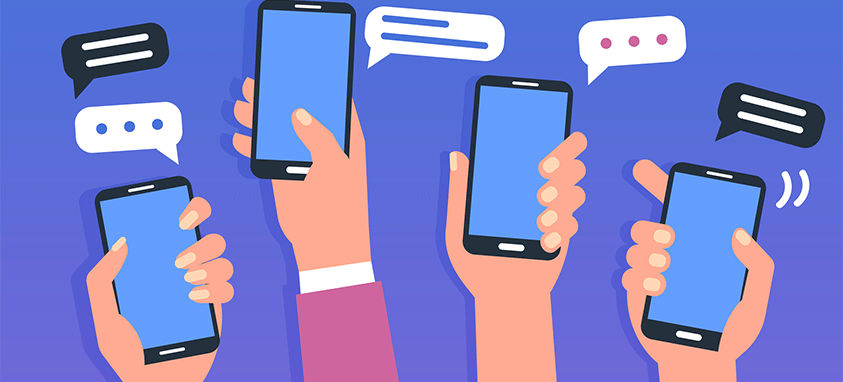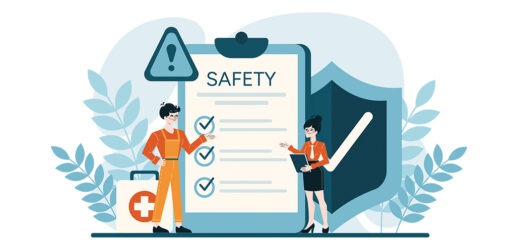Work-arounds for the toll of living online
Tech wreck. Otherwise known as online addiction. Can we agree it’s a problem? Good. That’s the first step toward a better tomorrow. When it comes to smartphones, some 75 percent of Americans think the devices don’t affect their ability to pay attention in a group setting, according to Pew Research Center. But consider:
- One out of four accidents in the United States is caused by texting and talking on the phone while driving, estimates the National Safety Council.
- “Text neck”—a stiff neck that, untreated, can lead to chronic neck and upper-back pain and deform the curvature of our spines—is becoming epidemic.
- Staring down at a laptop or tablet screen is just as injurious for posture, potentially affecting mood, behavior and memory, according to scientific studies.
Facebook’s former president, Sean Parker, recently admitted the social-media platform was designed to be addictive and to consume as much of your time and conscious attention as possible. “It literally changes your relationship with society, with each other,” he said.
No wonder, then, that as we look around in restaurants, on street corners and in our workplaces, we see “the state of monomaniacal obliviousness” that overcomes fellow humans when they’re “absorbed in an activity to the exclusion of everything else,” in the words of Henry Alford, author of Would It Kill You to Stop Doing That: A Modern Guide to Manners.
So, what’s to be done? Here are work-arounds experts are suggesting for the physical and mental toll of tech wreck.
Get Physical
Spinal surgeons recommend that people who work at computers or on tablets elevate the monitor to a natural eye level, but what’s the fix for constant smartphone use? “It is difficult to recommend a proper posture for smartphone users,” Gwanseob Shin, associate professor at Ulsan National Institute of Science and Technology Ergonomics Lab in South Korea recently told Reuters. “If we raise the phone at eye level to avoid the look-down posture, it will add new concerns for the shoulder due to the elevated arm posture. A more practical recommendation would be frequent rest breaks or some physical exercise that can strengthen the neck and shoulder muscles.”
A human head weighs about 11 pounds. But as The Washington Post puts it, “At a 15-degree angle, this weight is about 27 pounds, at 30 degrees, it’s 40 pounds, at 45 degrees, it’s 49 pounds, and at 60 degrees, it’s 60 pounds.”
Apps can remind users that they have been staring at their phones too long. Posture-Be Mindful, for Android phones, uses the phone’s accelerometer to measure the tilt angle. The user sets the reminder from 30 seconds (extreme) to 10 minutes. It signals “too much” by screen notification or vibration.
Shin offers another work-around. “Ask your friend to take a photo of your upper body when you’re texting,” he says. “Then use the picture as the background image on your phone. That will remind you to take breaks frequently. Even a short break of a few seconds can help our tissues recover.”
Go Mental
There’s a name for it. Nomophobia. As in NO MObile PHOne phoBIA. It’s fear of not being able to use your cellphone or other smart device—in other words, you’ve become so tethered to your device that the thought of being without it freaks you out. Those who suffer from nomophobia can have difficulties in relationships and social situations that dictate putting devices aside, according to Gaglar Yildirim, assistant professor of human computer interaction at State University of New York at Oswego, who was interviewed by CNN.
Experts say mindfulness training can help with nomophobia—and online addiction in general. Other recommendations for weaning your subconscious mind away from constant online distraction include removing texting apps such as What’s App, and social media apps such as Facebook and Twitter, from your phone (and checking social media only on your laptop). Or, do only short check-in periods at specific times. At the same time, try interacting more with people who are physically around you.
Dennis Hunter, a blogger and writer for HuffPost, is a self-professed smartphone addict who has written about trying to distance himself—literally—from the source of his addiction. He recalls a small mind game suggested by a Tibetan Buddhist teacher for watching TV. He told his students to maintain an awareness of the physical space between themselves and the TV set. “I try to do this sometimes with my smartphone,” Hunter says.
“Just being aware of that 2 or 3 feet of space between me and the glowing screen in my hand helps me step back and frame the experience, rather than getting lost in it.”




